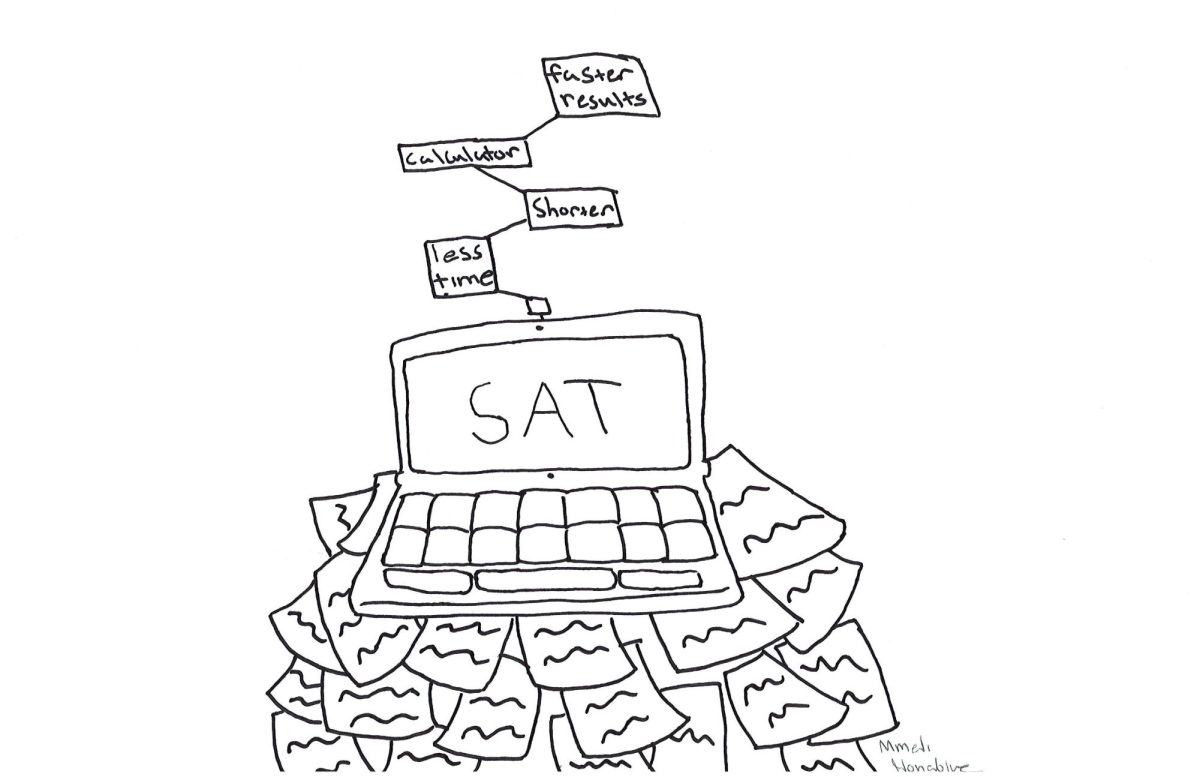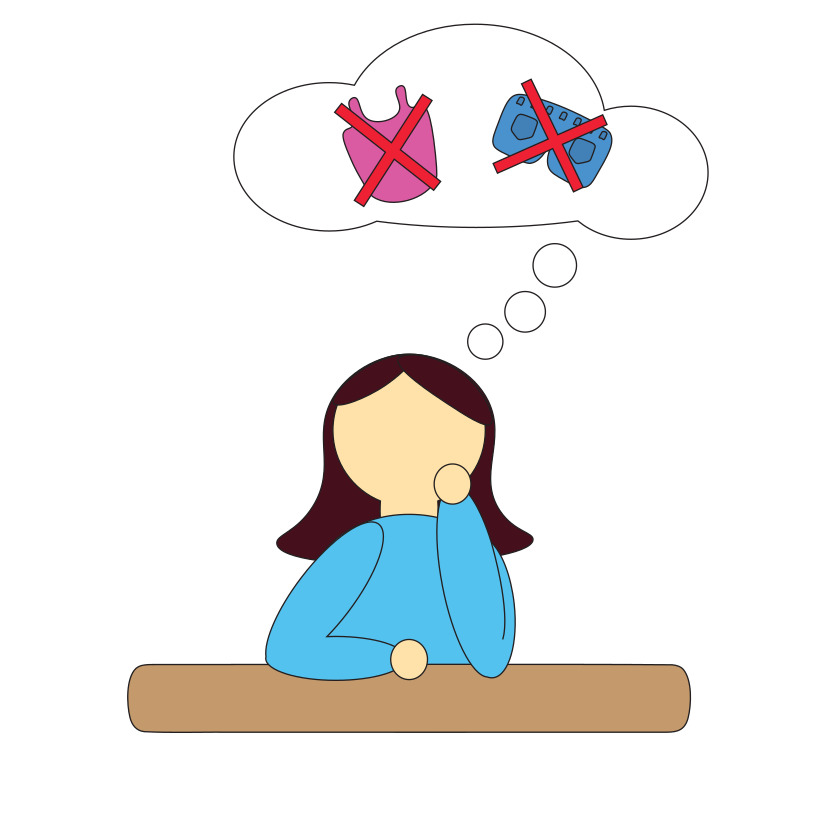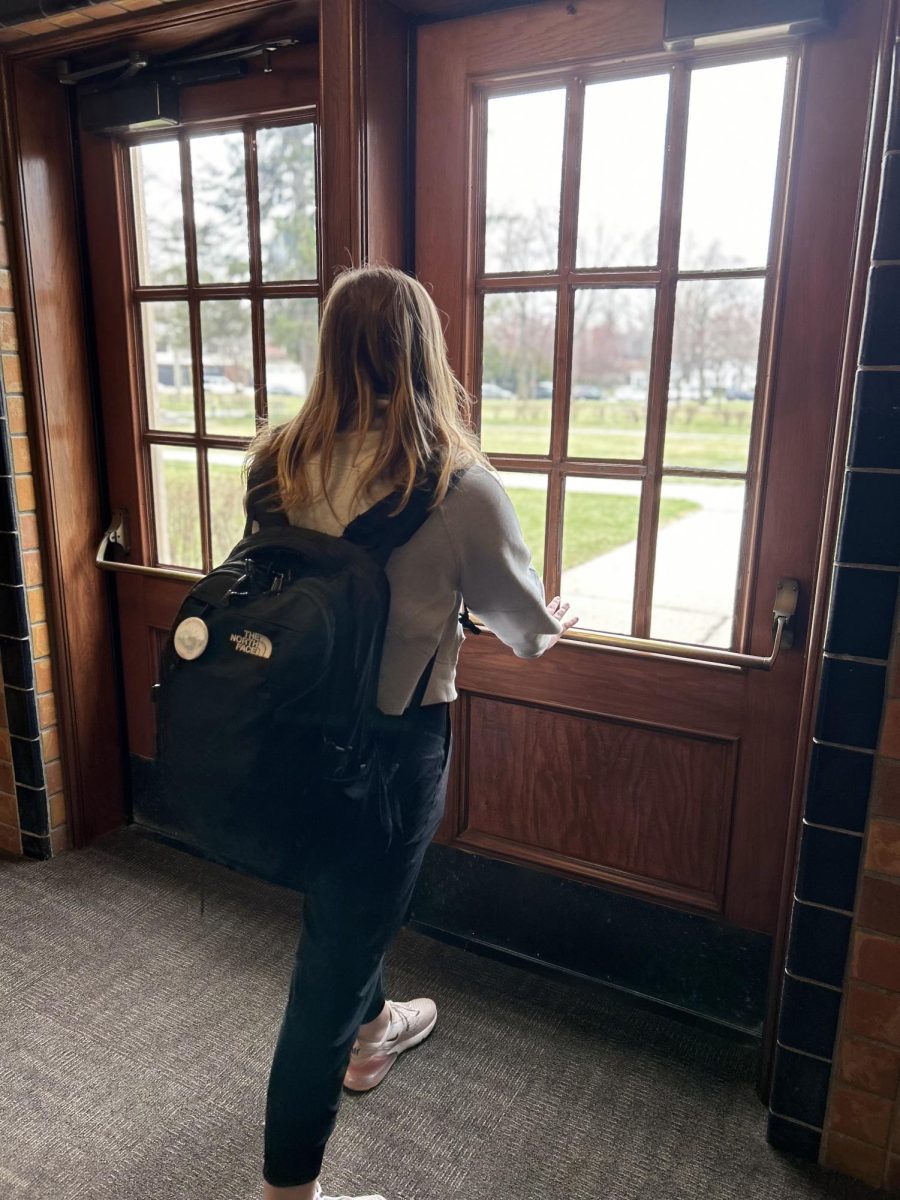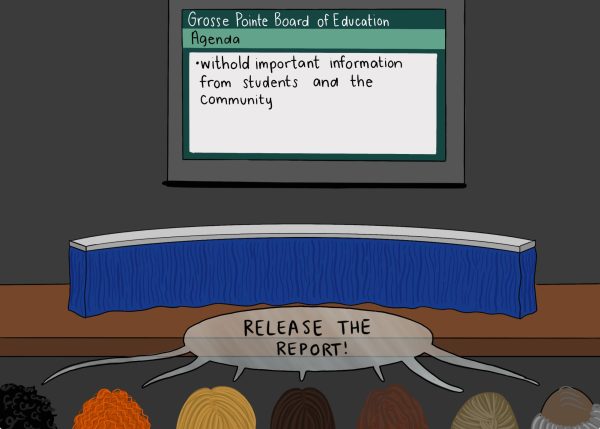STD’s: Sexts, Text and DM’s
Uncovering the real-life consequences of sending and receiving sexts
Eight-time Grammy winner Rihanna makes it look sexy.
Former NFL quarterback Brett Farve’s lawsuits make it look messy.
Disgraced congressman Anthony Weiner makes sexting look down right criminal.
Sexting, or sending someone sexually explicit photos via mobile device, is a phenomenon turned epidemic: making headlines in pop culture, professional sports, politics and high school hallways.
South is no exception.
“I often work with adolescents and the number one topic is always the snapchatting and the sexting and the photos that go back and forth,” Metz said.
“So the unfortunate piece is that, while Snapchat is always one that’s on there for a certain amount of time, we have people taking screenshots.”
— Caroline Metz
“In recent years, I have seen an increase in the number of inappropriate uses of technology come through my office,” Principal Moussa Hamka said. “We have many students who are native technology users, who are essentially born into a world where they’re using a device from a very young age.”
Hamka refers to a world where elementary and middle school students are texting and exploiting technology.
“With the advent of technology and the use at a younger age, we’re really seeing it at the middle school level,” Hamka said.
A main medium for sexting to be conducted is through Snapchat, Hamka said, referring to a social media app primarily involving “self-destructing” temporary images lasting up to 10 seconds.
Carolynn Metz, a Licensed Professional Counselor, Certified Advanced Alcohol-Drug Counselor and Certified Critical Superviser, has spent close to 20 years working in a variety of environments, and told of how cyber sexual harassment and sexting are only amplified through Snapchat.
Hamka reiterated this notion, saying the saving and sharing of these pictures has been conducted in school.
“We know and I know– because I use Snapchat– that if someone screenshots the snap, you get an alert that says someone screenshotted it,” Hamka said. “What we also know is people are using someone else’s phone and taking a picture or recording that snap that goes away in five seconds. By doing that, they’ve just captured what you sent and you don’t ever get an alert.”
He also urged students not to send such photos through Snapchat or other means in order to preserve their social respectability in this new age of technology.
“Students always need to be mindful in protecting their dignity,” Hamka said. “Once you’ve compromised your dignity, it is hard to get it back.”
“Students always need to be mindful in protecting their dignity. Once you’ve compromised your dignity, it is hard to get it back.”
— Principal Moussa Hamka
Looking at both parties involved, Hamka fears, in the event of someone getting their hands on such explicit photos, they could have damning evidence on the individual in question.
“We know that there’s a fallout that could possibly occur no matter the nature of that relationship. And when a fallout occurs what does someone have? Leverage,” Hamka said, with dire severity. “That’s something that we have to be aware of that your friend today might not be your friend tomorrow. That something you said in context today could be taken out of context tomorrow.”
With that being said, Hamka acknowledges that students are likely to engage in “intimate moments.”
“We’re humans, and ‘that’ has existed for thousands of years, but I think there are acts of a loving nature and not of a loving nature,” Hamka said. “We all understand that if you see some sexual encounters, there (are) loving encounters and there (are) others that are not.”
According to Hamka, individuals should embrace the loving nature of such situations, but should be careful of how they bring attention to these events.
“There’s intimacy, respect and there’s love. And if two young people do find themselves in a relationship where they truly value each other, truly love one another, they’re also protecting each other,” Hamka said. “Is that really necessary to display your affection in that way? Is it truly needed? And if your significant other says that it is, I would highly encourage you to consider the grounds that the relationship is on.”
Student Kate Mollison ’17 says that if students feel comfortable sending like content to one another, they should feel free to– so long as it stays within the borders of legality.
“To each their own… (but) it’s more risky if you are under the age of 18,” Mollison said. “You could easily get in trouble, or others (could).”
Mollison believes it is a matter of the comfort level between intimate pairings of students.
“If it is something you’re comfortable with– go for it,” Mollison said. “We’re students, what do you expect? We’re gonna do our own thing.”
Hamka finds the legal aspects of sexting to be disconcerting as well, saying there are many unintended consequences which could become apparent should a student have not thought their actions through.
“(To) take it out of the physical relationship and now go to the cyber world…child pornography isn’t defined by the age (of consent). How do we define child pornography? Under the age of 18,” Hamka said.
There is a certain fear amongst administration that, even if consent is given for a physical-sexual relationship, the ramifications of legality can still be overbearing.
“I’m not a lawyer, but there are many layers to this onion where things become more and more complicated,” Hamka said. “Even if (complications) happen off of school grounds 99 percent of the time.”
The layers Hamka refers to involve his responsibilities not only as a principal, but as a mandated reporter by the State of Michigan, meaning that if a student reports illegal activity to him, he must break confidentiality and report it to the authorities, he said.
In looking at Michigan’s laws pertaining to child pornography, Section 750.145c, if a girl or boy under the age of 18 were to take a nude photo of themselves and send it, they could face a 20 year felony charge for “creation of child sexually abusive material”. If the receiver of the erotic photo doesn’t delete it right away they too could be charged (up to four years) for the possession of child pornography.
It’s important to note that these laws were created before the use of smartphones and other technological accoutrement, and have original intentions of protecting minors from being exploited for sex.
The severity of these charges are what drives the urge for awareness among the student body by Hamka.
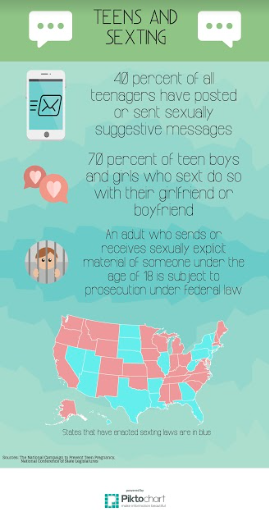
This is an infographic displaying statistics on sexting. Infographic from Bianca Pugliesi ’19.
“When a student comes to me and says, ‘X, Y and Z happened,’ and I know that it broke the law, especially when it involves a minor and it is sexual in nature, I have a duty and obligation to act,” Hamka said.
To fight these legality issues, Hamka sees awareness of right and wrong under the age of 18 is key.
Currently, South does not mandate health class, and the reality is students aren’t taking it and therefore are missing out on the information to protect them, Hamka said.
“Many people think that health class specifically focuses around anatomy but it’s much more than that. Health (is): how do you eat healthy, live healthy and act healthy?” Hamka said. “While the reproductive and anatomical information is part of it, there’s some bigger pieces that we address. Opting out of health is not helping the cause.”
Metz outlined that once someone has been through this type of encounter there’s a process ahead to get over the tremendous shame and guilt the victim can put on themselves.
“If you’re going back to school, and you don’t have support from the school, don’t have support from the administration, don’t have support in your home, it makes it all very difficult. You’re shamed and shunned from the rest and very isolated,” Metz said.
Moving forward, Metz pointed out that if one is a victim to sexting, a therapist can make a world of difference.
“The first thing in seeing a therapist is creating a rapport with them so that you can actually start sharing your story and recognize the fact that all those feelings and emotions that are so scary are actually something you can accept about yourself and you can move forward dealing with situations at hand,” Metz said.














































